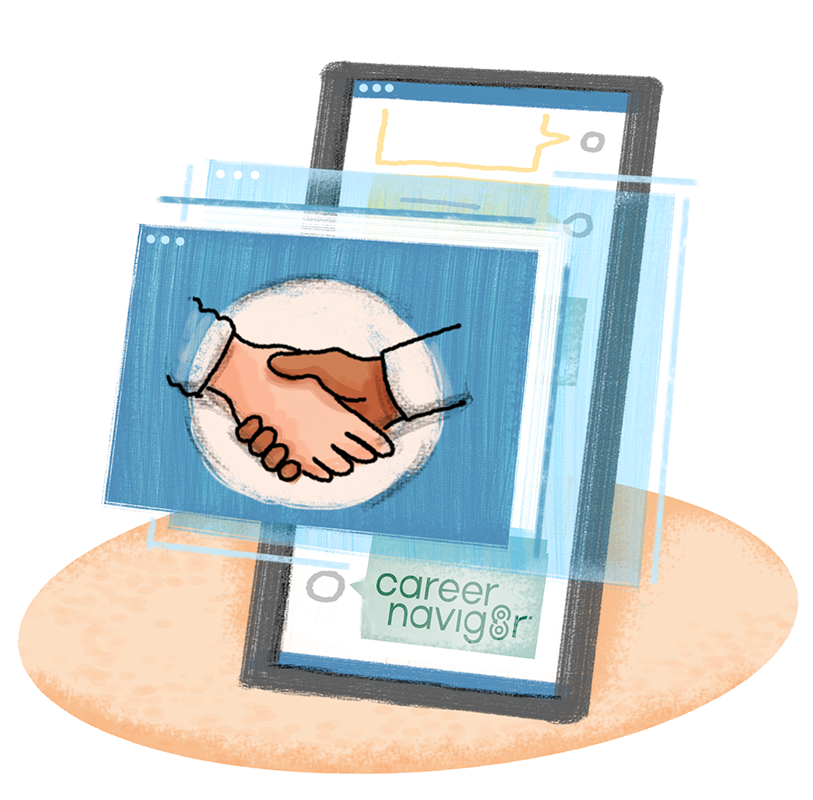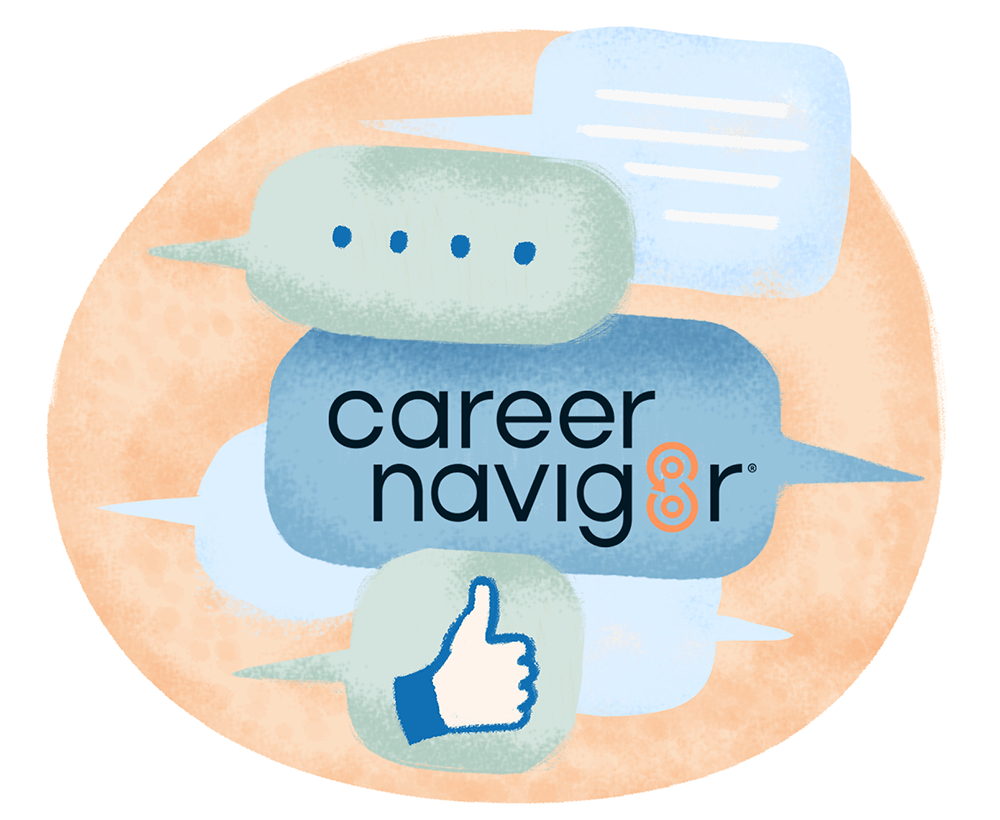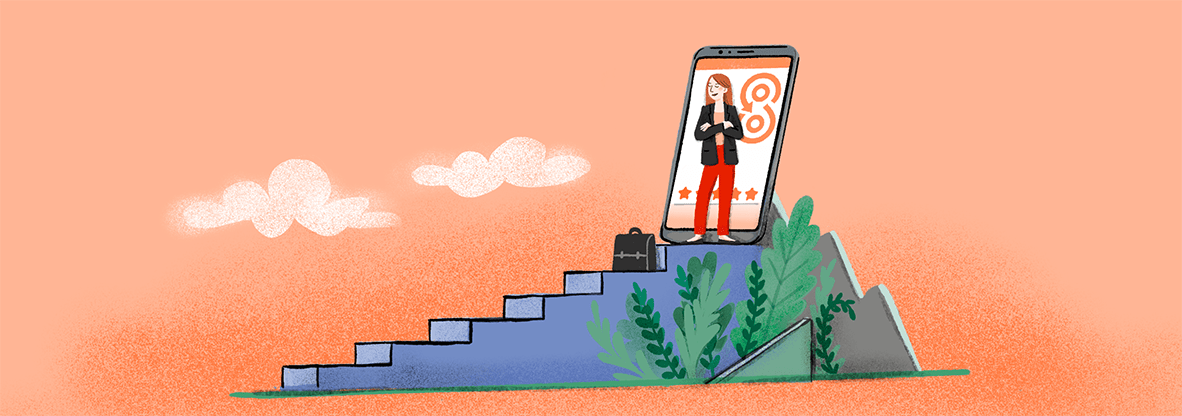Best Practices for Using AI in the Workplace

Finding ways to improve efficiency in the workplace is a never ending battle. In the last few years AI tools have transformed many people’s productivity, helping to eliminate busywork and allowing people to focus on the tasks that really matter.
That said, there are a few things worth bearing in mind before incorporating AI into your workflow. In this article, we’ll be talking best practices including where you should and shouldn’t use AI as well as some simple advice to help you decide.
The Ethics of AI in The Workplace
As we noted in our AI deep dive, debates about ethics and AI can be divisive and controversial while rarely reaching any practical conclusion. If you’re someone who sees no ethical dilemma in using AI for your work, then it’s not our job to tell you otherwise. In fact, we recommend that you skip this section entirely as it won’t be much use to you.
On the other hand, if you are concerned that using AI in the workplace may be unethical, then we’d like to provide a quick and easy solution. Whenever you find a task that you’d like to use AI for, ask yourself this: would anyone feel lied to if they found out you were using AI?
For example, if you’re responding to an email and you use chatGPT to clean up the text and perhaps edit the tone, there’s no real deception in that. The text still conveys what you wanted to convey. All the AI did was help you get that idea across.
Alternatively, if you were a graphic designer tasked with providing new marketing materials to a company and you simply generated them with AI, then they probably wouldn’t be too happy to find this out. After all, what has your unique skill set added to the process? Can you honestly say you assessed the materials and decided they were just as good as your own work? If so, then why should the company pay you to be their middle man?
We’d like to stress that we’re not telling you when you should and shouldn’t use AI. That’s up to you to decide. What we are saying, however, is that if you’re going to effort to hide your use of AI, then it’s probably worth asking why that is.
Using AI to Increase Work Efficiency
The longer you work in a role, the more time you’ll inevitably spend looking for ways to streamline your work processes and, in this regard, AI can be truly revolutionary.
AI can be a great help with two types of task:
- Repetitive/simple tasks that are slightly too involved for more traditional methods of automation. This can include writing boilerplate code, reformatting/summarising large blocks of text, planning timetables, etc.
- Ideation – helping to prompt your creativity by suggesting solutions to problems.
What’s important to note about both of the above is that they aren’t final products but they are important steps that can be sped up a great deal.
Using chatGPT for work certainly won’t get you perfect results. AI is still prone to hallucination – making up facts when it doesn’t have the proper answers. Its work can also be fairly generic while often failing to understand broader contexts. Put simply, unfiltered AI can lead to poor results which will ultimately hamper productivity as work will have to be redone.
That said, using AI in contexts where its work will be checked and edited, and where a knowledgeable and experienced human will ultimately have the final say can speed the process along immensely, increasing work productivity and leading to faster, better results.
Working Smarter
When all’s said and done the role of AI in the workplace should be to empower workers by taking away meaningless tasks. The key to improving your productivity with AI is to isolate which tasks the AI can streamline and which it would be more productive to use AI for.
At the same time it’s always important to remember that sometimes it’s faster to just do things yourself.
So how can you tell the difference between the two?
In practice, the best way to improve your productivity with AI is to be willing to experiment, always looking for areas where you can speed up your workflow. At the end of the day every job and every workflow is a little different, just as every person’s engagement with their work is a little different. By being willing to both try out and discard AI tools as a part of your workflow, you can hone in on a process that works best for you.


